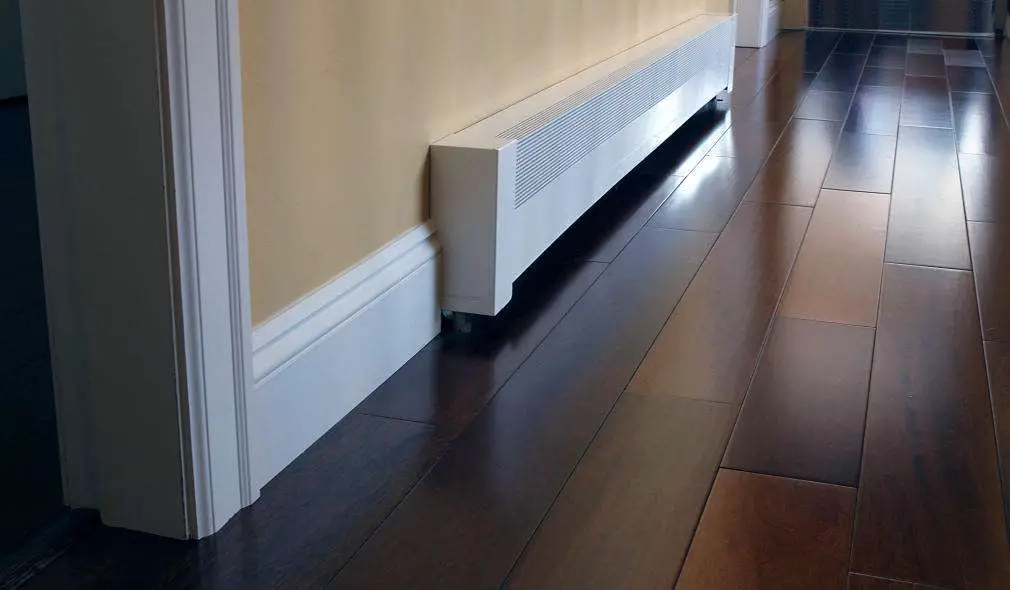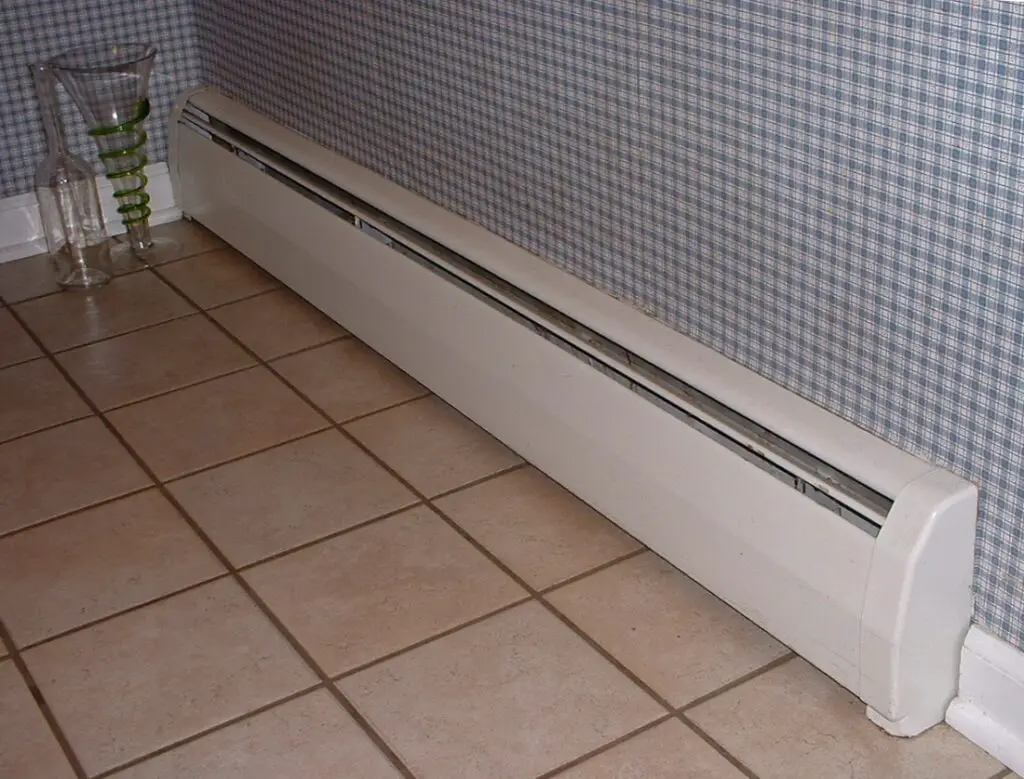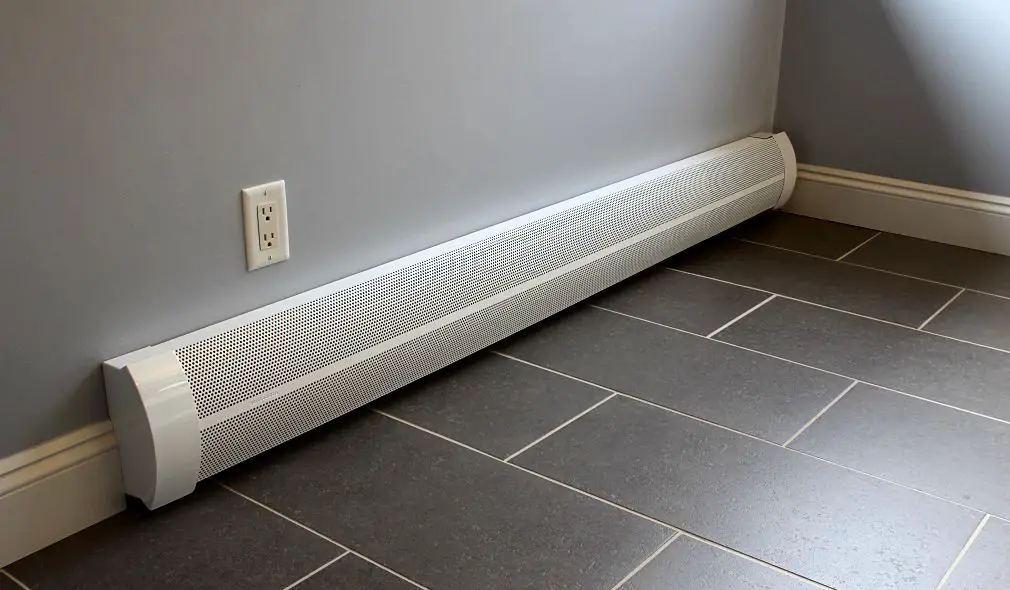How Baseboard Heaters Work
Introduction
How Baseboard Heaters Work: Baseboard heaters are a popular choice for heating homes and offices, providing a cost-effective and efficient way to keep spaces warm during the colder months. These heaters are typically installed along the baseboards of a room, hence their name, and operate by using convection to distribute heat throughout the space. Understanding how baseboard heaters work can help homeowners and building managers make informed decisions about their heating needs.
At their core, baseboard heaters are electric heating devices that convert electrical energy into heat. As the element heats up, it radiates heat into the surrounding air.
One of the key features of scribe baseboard heaters is their use of convection to distribute heat. When the temperature drops below the set point, the thermostat signals the heater to turn on. Once the room reaches the desired temperature, the thermostat signals the heater to turn off. This helps to maintain a consistent and comfortable temperature while also saving energy.

What is the downside of baseboard heating?
Baseboard heating is a popular heating option in many homes, especially in colder climates. While baseboard heating has its advantages, such as providing consistent heat and being relatively easy to install, there are also some downsides to consider.
One of the main downsides of baseboard heating is its inefficiency. Baseboard heaters work by radiating heat into a room, which can be a slow and inefficient process. Unlike forced-air systems, which distribute heat quickly and evenly throughout a space, baseboard heaters take longer to warm up a room and may not provide consistent heat throughout the entire space. This can result in certain areas of a room being warmer or cooler than others, leading to discomfort for occupants.
Another downside of baseboard heating is its reliance on electricity. Electric baseboard heaters can be expensive to operate, especially in areas with high electricity rates. Hydronic baseboard heaters, on the other hand, use hot water or steam to provide heat. While they are generally more energy-efficient than electric baseboard heaters, they can still be costly to install and maintain. Hydronic baseboard heaters require a boiler or water heater to heat the water or steam, which can add to the overall cost of the system. They also require regular maintenance to prevent leaks or other issues.
Do baseboard heaters use a lot of electricity?
Baseboard heaters are a popular choice for heating individual rooms or small spaces. However, one common concern among homeowners is whether baseboard heaters use a lot of electricity. This is an important consideration, as high electricity usage can lead to increased energy bills.
The amount of electricity used by baseboard heaters depends on several factors. One of the main factors is the size and wattage of the heater. Baseboard heaters come in different sizes and wattages, ranging from 500 watts to 2000 watts or more. The higher the wattage, the more electricity the heater will consume. Therefore, it is important to choose a heater with an appropriate wattage for the size of the room or space it will be heating.
Do baseboard heaters run all the time?
Baseboard heaters are a popular choice for heating individual rooms or small spaces. The answer to this question depends on various factors, including the thermostat settings, insulation of the room, and the temperature outside. The insulation of the room also plays a role in how often baseboard heaters run. In colder climates, baseboard heaters may need to run more frequently to keep the room warm. In milder climates, they may run less often. Additionally, the size of the room and the wattage of the heater can also affect how often it runs. A larger room or a higher wattage heater may require more frequent operation to maintain the desired temperature.
Is baseboard heat expensive?
Firstly, the initial installation cost of baseboard heat can be relatively high.
Secondly, the cost of operating baseboard heat can vary depending on the energy source used. Baseboard heating systems can be powered by electricity, natural gas, or oil. Electricity is generally the most expensive option, as it tends to have higher rates compared to other energy sources. Natural gas and oil can be more cost-effective, especially if they are readily available in the area.
Thirdly, the insulation of the home can also impact the cost of baseboard heat. If a home is well-insulated, it will retain heat more efficiently, reducing the amount of energy needed to maintain a comfortable temperature. On the other hand, if a home is poorly insulated, more heat will be lost, resulting in higher energy consumption and increased costs.
How do baseboard heaters generate heat in a room?
Baseboard heaters generate heat in a room through the use of electric resistance heating. Inside the heater, there is a heating element, typically made of a metal alloy such as nickel-chromium. When an electric current passes through this element, it encounters resistance, which causes the element to heat up. As the element heats up, it radiates heat into the surrounding air.
The heat generated by the baseboard heater is then distributed throughout the room through a combination of convection and radiation. The warm air rises naturally, creating a convection current that helps to circulate the heat. At the same time, the heated surfaces of the baseboard heater radiate heat directly into the room. This combination of convection and radiation ensures that the heat is evenly distributed and that the room remains warm and comfortable.
How do baseboard heaters generate heat in a room?
Baseboard heaters generate heat in a room through a process called convection. The basic principle behind their functioning is that they use electricity to heat up a metal element, usually made of aluminum or steel, which is located inside the heater. This metal element is known as the heating element. When the heater is turned on, the electricity passes through the heating element, causing it to become hot.
As the heating element becomes hot, it transfers the heat to the surrounding air through a process called conduction. The hot air then rises and creates a natural convection current. This convection current causes the cooler air in the room to be drawn towards the heater, where it is heated and then rises again. This continuous cycle of air movement helps to distribute the heat evenly throughout the room.
What are the main components of a baseboard heater and how do they contribute to its operation?
A baseboard heater consists of several key components that work together to generate and distribute heat in a room. The main components include the heating element, thermostat, and the housing or enclosure.
The heating element is the heart of the baseboard heater. It is typically made of a metal alloy, such as aluminum or copper, that has a high resistance to electrical current. When electricity flows through the heating element, it heats up and radiates heat into the room. The length and wattage of the heating element determine the amount of heat produced.
The thermostat is another important component of a baseboard heater. It allows the user to control the temperature by adjusting the desired level of heat output. The thermostat senses the room temperature and signals the heating element to turn on or off accordingly. This helps maintain a comfortable and consistent temperature in the room.
Are there any specific safety measures or precautions to consider when using baseboard heaters?
When using baseboard heaters, it is important to follow certain safety measures and precautions to ensure the well-being of both the occupants and the property. Firstly, it is crucial to keep flammable materials such as curtains, furniture, and rugs at a safe distance from the heater. This will prevent any potential fire hazards and reduce the risk of accidents.
Additionally, it is recommended to never cover or block the baseboard heater with any objects. This can obstruct the airflow and cause the heater to overheat, leading to potential damage or even a fire. It is also important to regularly clean the heater to remove any dust or debris that may accumulate, as this can also hinder its performance and pose a safety risk.
Furthermore, it is advisable to install a thermostat or a temperature control device to regulate the heat output of the baseboard heater. This will prevent overheating and ensure a comfortable and safe environment. Lastly, it is crucial to regularly inspect the heater for any signs of damage or malfunction, such as frayed wires or unusual noises.
Can baseboard heaters be used as the primary heating source in a home or are they more suitable as supplemental heating units?
Baseboard heaters can be used as the primary heating source in a home, but their suitability depends on various factors. These factors include the size of the home, insulation levels, climate, and personal preferences. In some cases, baseboard heaters may be sufficient to provide adequate warmth throughout the entire home. However, in larger homes or areas with extremely cold climates, they may be more suitable as supplemental heating units.
When using baseboard heaters as the primary heating source, it is important to ensure that they are properly sized for the space they are intended to heat. Oversized heaters can lead to excessive energy consumption and discomfort, while undersized heaters may not provide enough warmth.
Baseboard heaters may not distribute heat as evenly as other heating systems, such as forced-air furnaces. This can result in temperature variations throughout the home, with some areas being warmer than others. To mitigate this issue, it may be necessary to use multiple baseboard heaters strategically placed throughout the home or consider alternative heating options for areas that require more consistent warmth.

Conclusion
Overall, baseboard heaters are a highly efficient and effective way to heat a room or space. They work by using convection to circulate warm air throughout the room, providing a consistent and comfortable temperature. The heating element inside the baseboard heater warms up the air, which then rises and circulates through the room. This process is not only energy-efficient but also provides a more even distribution of heat compared to other heating systems.
One of the key advantages of baseboard heaters is their simplicity and ease of installation. Unlike other heating systems that require complex ductwork or extensive renovations, baseboard heaters can be easily installed along the baseboard of a room. This makes them a popular choice for retrofitting older homes or adding supplemental heating to specific areas. Additionally, baseboard heaters are typically low maintenance and do not require regular servicing or cleaning.
Another benefit of baseboard heaters is their individual room control. This allows for greater flexibility in temperature control and energy usage. Baseboard heaters are a reliable and efficient heating solution for any space. They work by using convection to circulate warm air throughout the room, providing a consistent and comfortable temperature. Their simplicity and ease of installation make them a popular choice for retrofitting older homes or adding supplemental heating. Additionally, the individual room control feature allows for greater flexibility in temperature control and energy usage. Overall, baseboard heaters are a cost-effective and practical option for heating any room or space.








